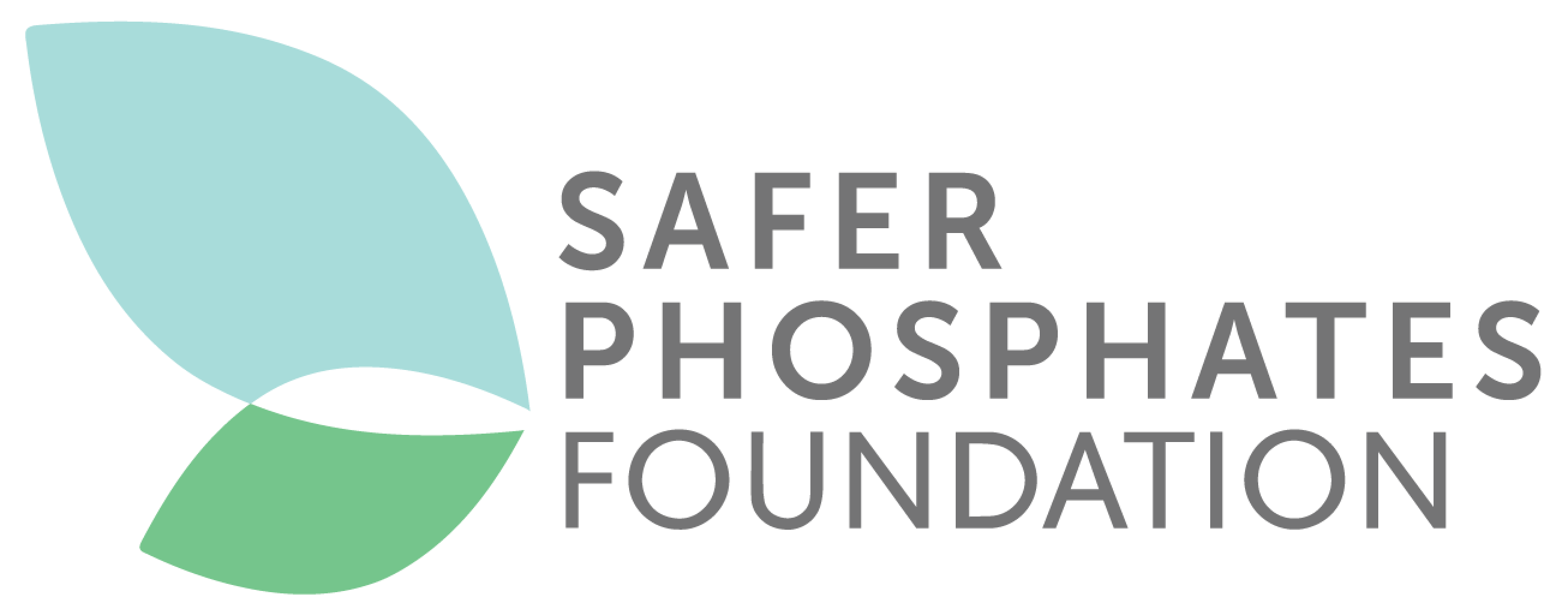This review study is part of a broad scientific literature that analyses the dangers of cadmium. The authors define cadmium as a “non-essential” and “dangerous” heavy metal, which is of major concern for human health and the environment due to its hazard profile, bioconcentration and high mobility in the environment. Cadmium exposure particularly affects humans and living organisms in general through the consumption of plants.
In this scientific article, the authors review the symptoms of plants affected by Cd toxicity. They explain how cadmium uptake by plants depends on the bioavailability of the element in the soil, which is regulated by the soil conditions or characteristics of the planting medium. Low pH1 and low organic matter content in soils increase the bioavailability of Cd, and thus the uptake of the metal.
)
Cadmium bioaccumulation in plants results from the uptake of cadmium by plant roots, as well as translocation to the upper parts of the plant. This scientific article also explains in more detail how cadmium interferes with the biological function of plants by impeding their growth and severely reducing their photosynthetic activity.
Additionally, this review study discusses “phytoremediation” techniques. The authors suggest further investigating the effectiveness of phytoremediation, one of the biological technologies and remediation strategies that can be used to remove pollutants from soil and water.
Safer Phosphates fully supports the use of all technologies or practices that constitute a cadmium remediation alternative as it leads to the restoration of contaminated soil or water. These measures must be combined with effective upstream measures that directly prevent from cadmium contamination at source. Promoting the use of low-cadmium phosphate fertilisers is a key component of this.
Overall, the authors conclusion regarding cadmium is that it is a long-lasting environmental pollutant that need is to be diminished as much as possible in the food chain in order to maintain the health of living being.
More detailed information on the findings of this study is available at https://www.scielo.br/j/bjb/a/Jz3BCcHF7fXNfzg5Prdt4SH/?lang=en.
PH is a quantitative measure of the acidity or basicity of aqueous or other liquid solutions. Acidic solutions have lower pH values than basic or alkaline solutions. Source: https://www.britannica.com/science/pH

